In today’s competitive marketplace, even minor issues in product ergonomics can have far-reaching consequences. Recently, companies have noted that Handle Grip Slippage may not only compromise device usability but could also be linked to Sensitivity Flare-Ups in users. This blog examines how grip instability can affect user comfort and product performance, exploring the causes, impacts, and actionable solutions to address this growing concern.
Modern consumers expect products that not only function flawlessly but also offer a secure, comfortable user experience. In many sectors—from hand-held power tools to personal care devices—a reliable grip is paramount. Handle Grip Slippage undermines this expectation by causing inadvertent movements during use, which may stress or irritate the user’s hand and skin. In some cases, these issues have been observed to trigger Sensitivity Flare-Ups—a series of localized reactions such as redness, discomfort, or heightened tactile sensitivity. As a result, manufacturers must align product design with rigorous ergonomic and performance standards that address both functional reliability and user well-being.
To effectively mitigate these issues, it is essential to identify the root causes behind Handle Grip Slippage. Factors contributing to this problem may include:
Understanding these factors helps manufacturers develop targeted strategies to enhance grip reliability and ensure consistent user performance.
Once the handle begins to slip during use, the repeated adjustments and involuntary movements required to maintain control can lead to overexposure of the skin to frictional forces. This can result in Sensitivity Flare-Ups over time. When a handle does not maintain a stable grasp:
These physiological responses can undermine user confidence and, if persistent, may lead to a decline in repeat usage and overall customer satisfaction.
Addressing Handle Grip Slippage requires a comprehensive approach that starts with material and design choices. Key engineering challenges include:
These engineering considerations, when executed properly, set the stage for mitigating both Handle Grip Slippage and the resultant Sensitivity Flare-Ups.
To tackle these challenges, manufacturers can implement several robust strategies:
By employing these strategies, companies can create products that offer both reliable grip and enhanced user comfort, reducing the risk of sensitivity issues.
Looking ahead, the convergence of smart manufacturing, AI-driven design tools, and advanced material science offers promising avenues for further improvements. Future developments may include:
Innovations in these areas will help manufacturers not only overcome the challenges of Handle Grip Slippage but also preempt Sensitivity Flare-Ups, thereby securing a competitive advantage in the marketplace.
Conclusion
The relationship between Handle Grip Slippage and Sensitivity Flare-Ups underscores the critical importance of robust ergonomics and high-quality materials in product design. By thoroughly understanding the root causes, investing in innovative solutions, and maintaining rigorous quality control, manufacturers can mitigate these issues and enhance both product performance and user experience. In an increasingly demanding market, continuous innovation and proactive design are essential to sustaining customer trust and long-term success.
Interested in optimizing your handle design to eliminate grip slippage and mitigate sensitivity issues? Contact us today to discover tailored solutions that drive both performance and customer satisfaction.
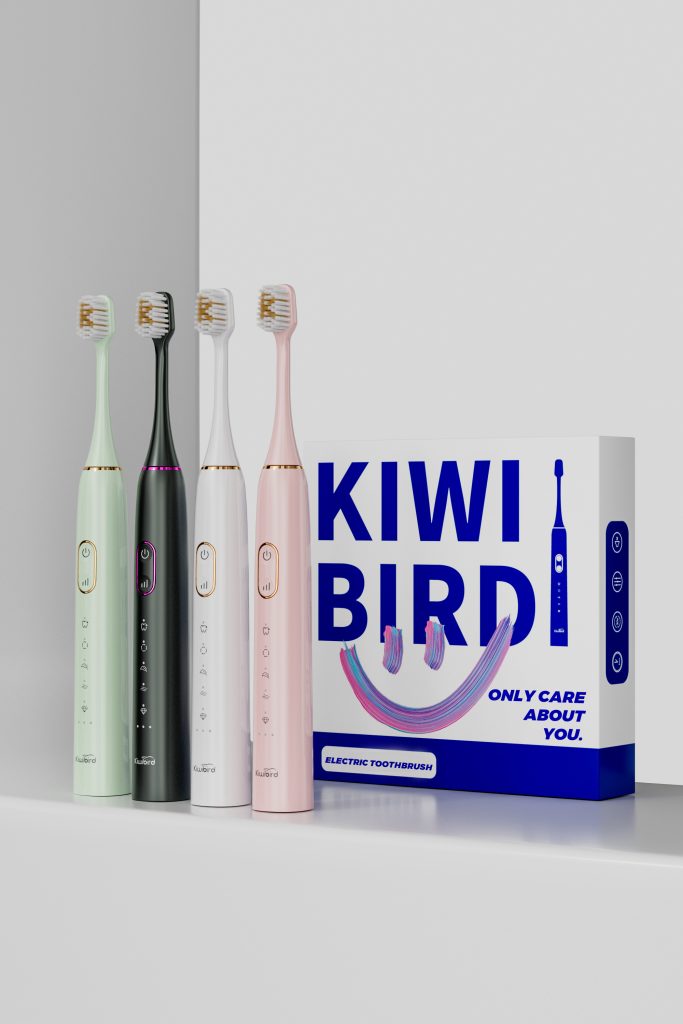
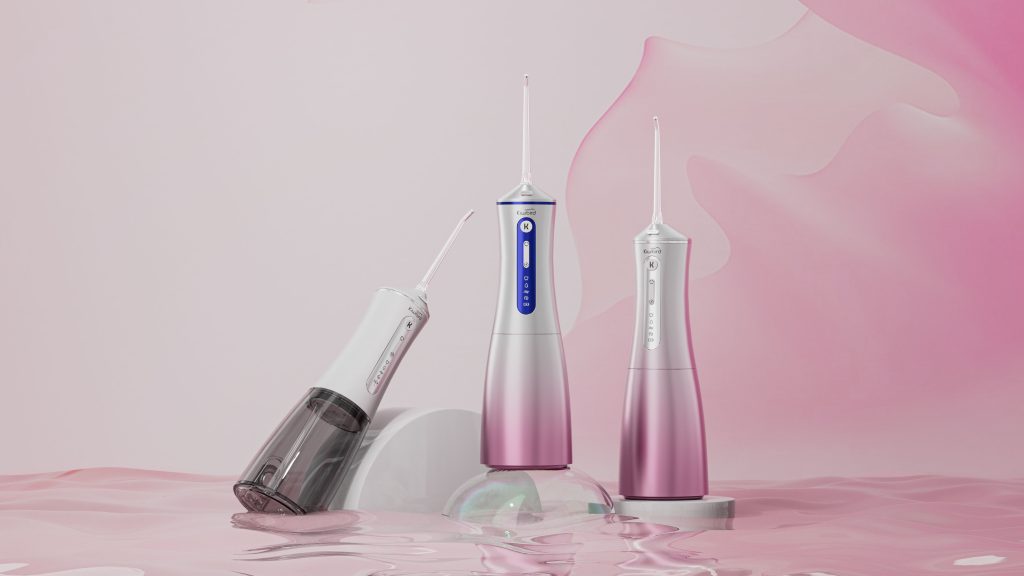
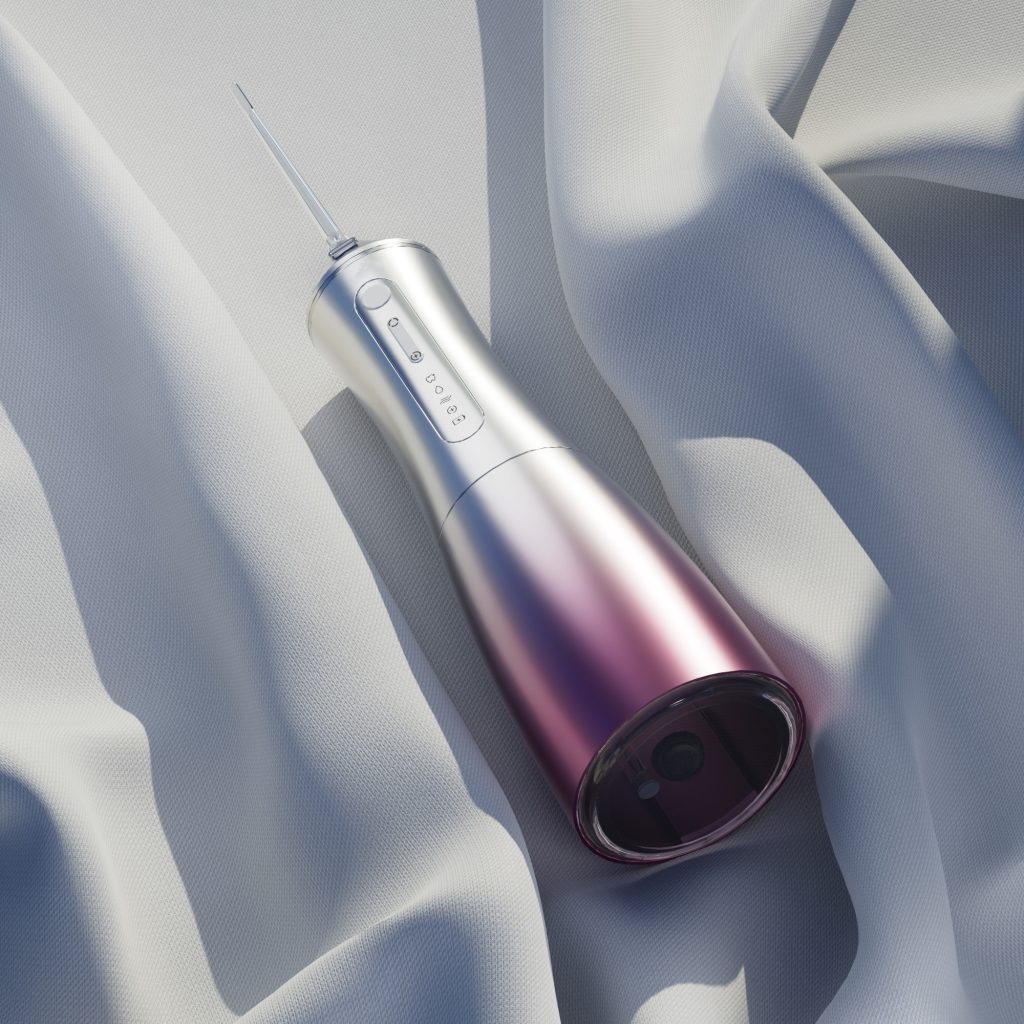

Can You Put Hydrogen Peroxide in a Water Flosser to Whiten Teeth? Safety Guide from Manufacturer
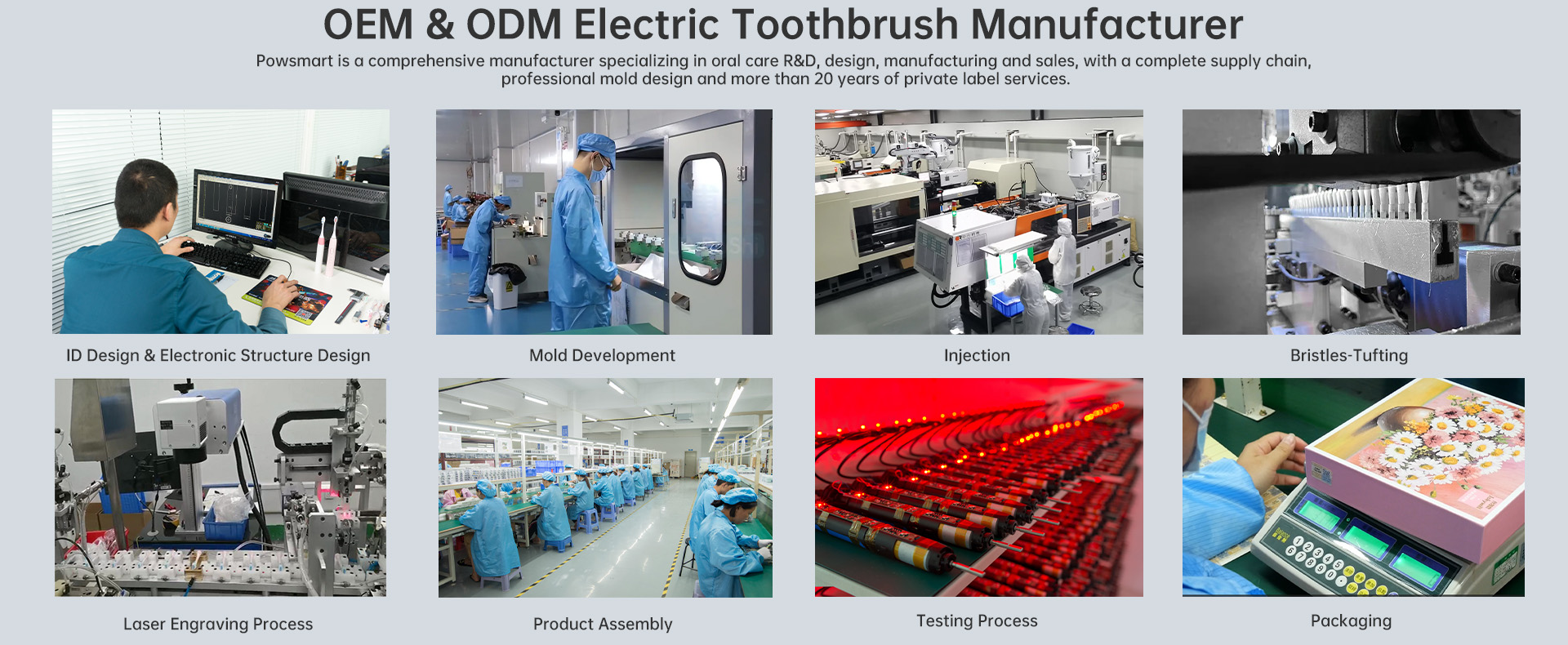
How to Choose a Reliable Water Flosser Factory? – Practical Guidelines for Brands to Choose Oral Irrigator Suppliers
OEM Sonic Toothbrush Manufacturer China | Custom Oral Care Production
Taste Loss After Mucosal Burns – Whitening’s Cost?
Short Circuit Plus Water Leakage – Playing with Fire?
.jpg)
Manhattan Replacement Heads Sync with NYC App Connectivity?
Nozzle Clogging Causing Pressure Loss – A Hidden Performance Drain?
Why Self-Developed Motors Matter in Electric Toothbrushes?
“Electric Toothbrush Private Label Services: Start Your Own Oral Care Brand with Custom Designs, Bulk Orders, and Competitive Pricing
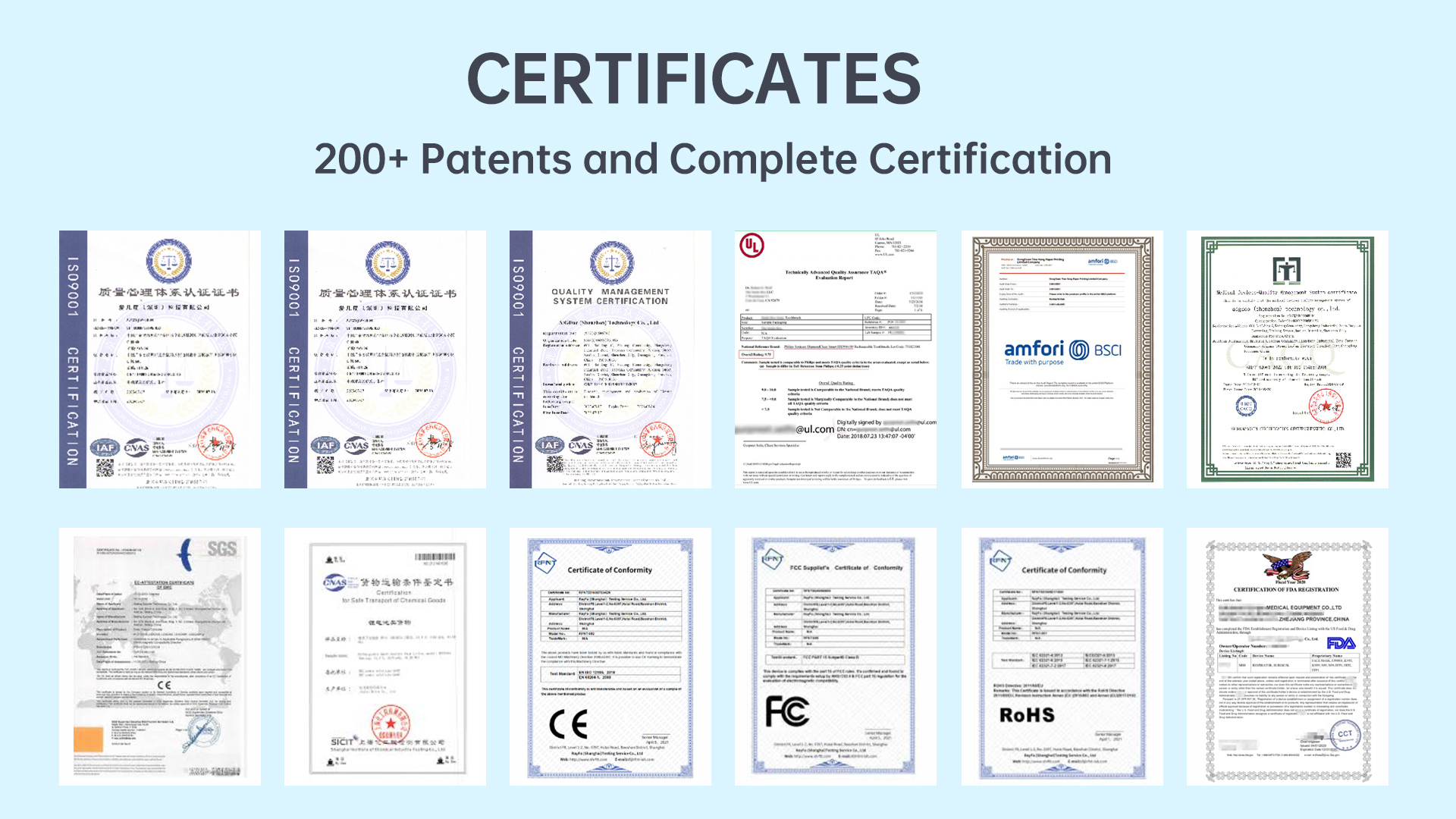
Is POWSMART Ultrasonic Toothbrush’s Chemical Residue Over Limit?
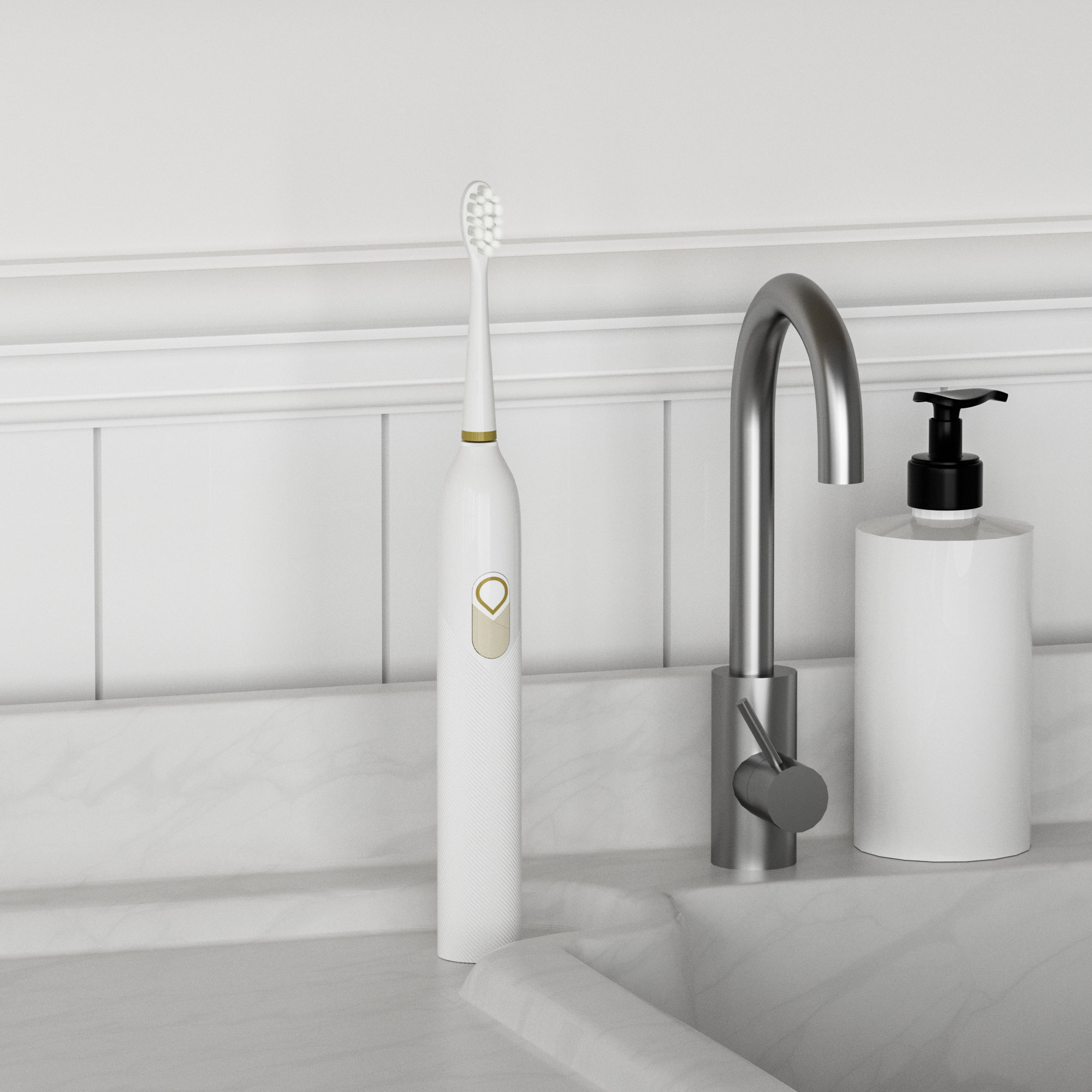
The proper way to use an electric toothbrush
.jpg)
The Hidden Risks of Over-Engineered Water Flossers: Consequences of Excessive Pulse Frequency
Electric toothbrush with soft bristles wholesale
Can Smart Timer Improve Brushing Compliance?
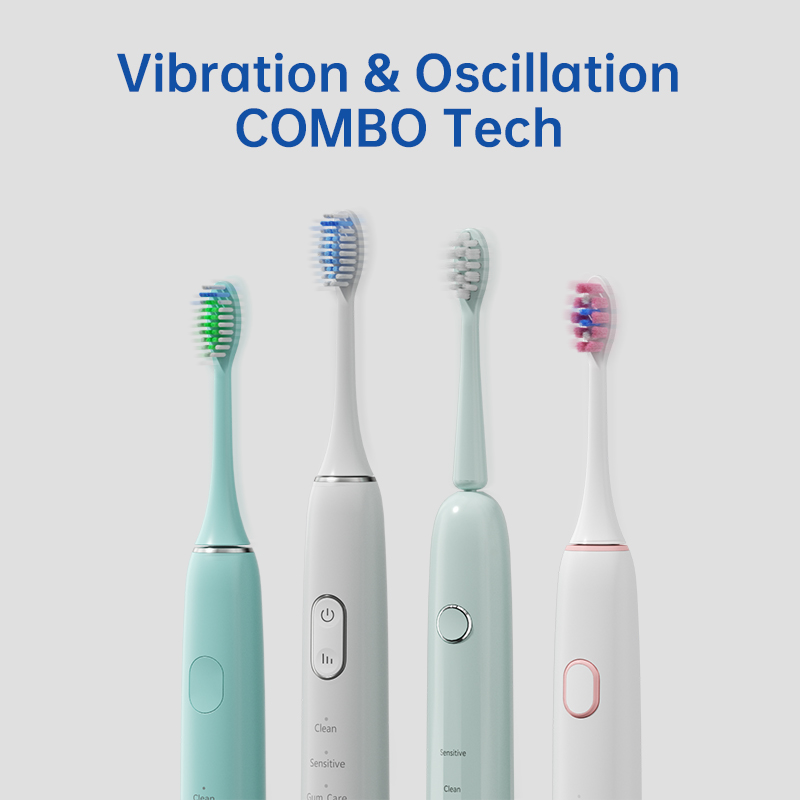
Is a Pune senior toothbrush truly a one-button toothbrush?
.jpg)
Why switch to digital imaging for Dental X-ray?

Customization Teeth Whitening Gel
.jpg)
Florida Electric Toothbrush – Powsmart PTR-C8

Electric toothbrush heads Charcoal Infused-Diamond

electric toothbrush heads Regular Clean

electric toothbrush heads Ultra Soft

electric toothbrush heads Deep Clean

Private Label Whitening Gel

electric toothbrush heads Charcoal Infuse-Round
whstapp
whstapp
National Toll-Free Service Hotline
+86 755 86238638